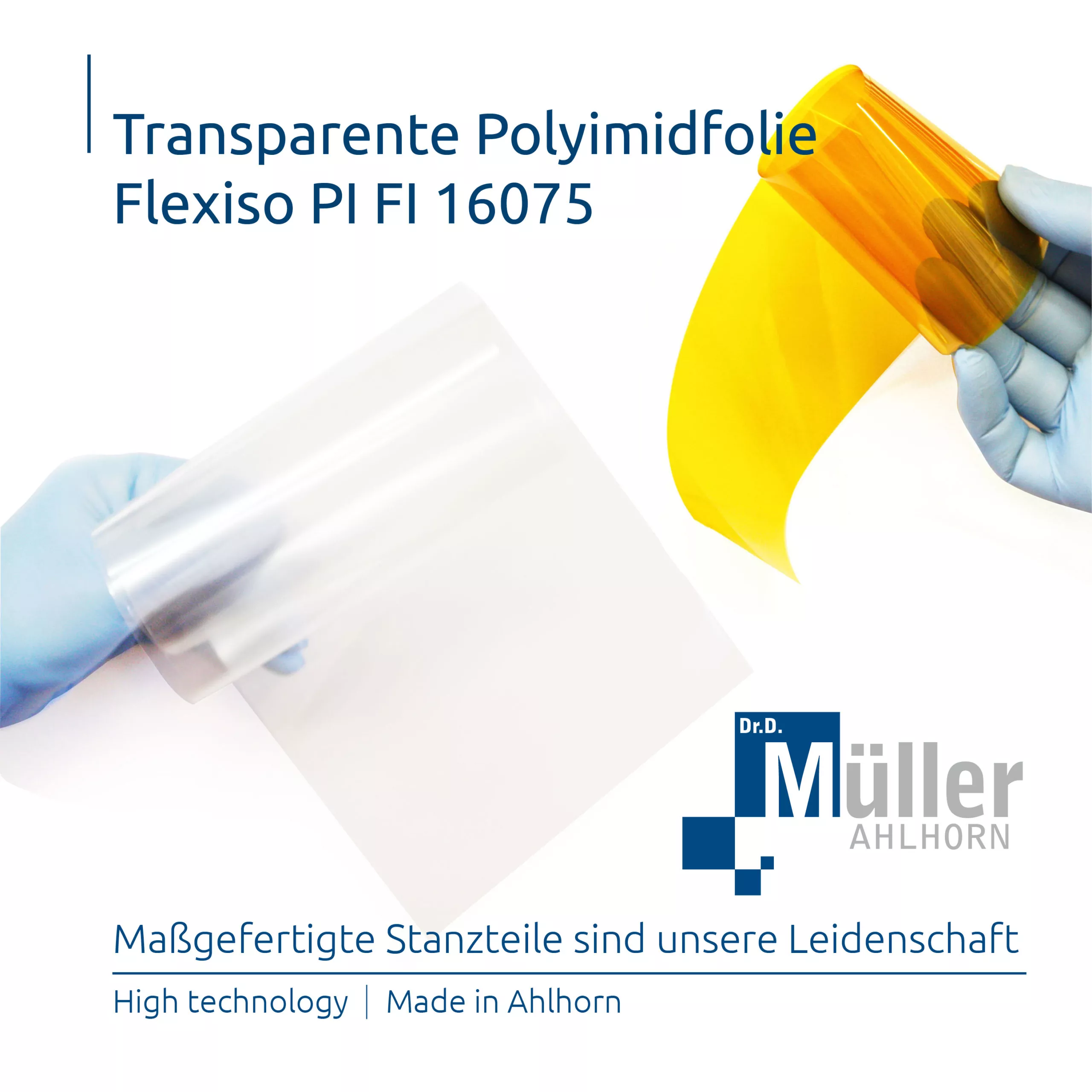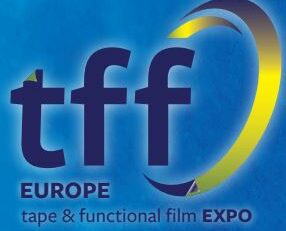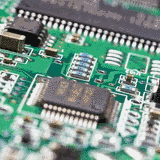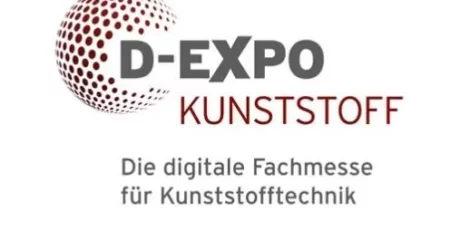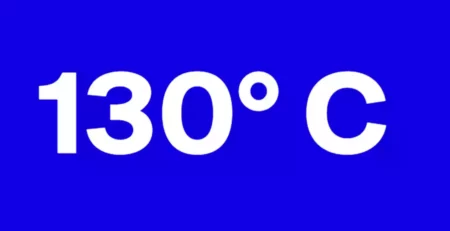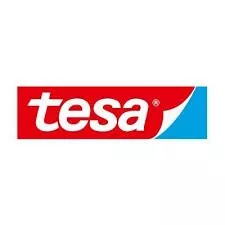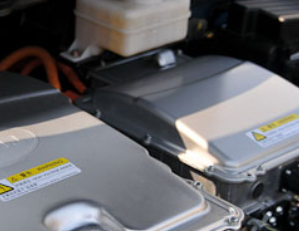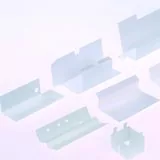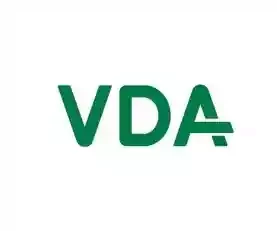All about Transparent Colorless Polyimide Film
All about transparent colorless polyimide films
Polyimide film is an electrical insulation material with very special properties and can therefore be used in a variety of ways. Polyimide (PI for short) is a thermoplastic material for high-temperature applications.
Polyimide film is very dimensionally stable, has a very high dielectric strength and, as a non-adhesive film, is also suitable for HF. The polyimide film is often self-adhesive.
We would like to provide you with the most important information about polyimide films.
What is a polyimide?
A polyimide is a class of polymers and has many uses. Good examples are thin foils used for flexible cable insulation and also for printed circuit boards. They are also used as fibers for fire protection clothing or in the form of rigid foams for the insulation of aircraft and ships.
Polyimides have practical electrical properties, are chemically very stable, and retain their mechanical properties even at high temperatures.
Typically, polyimides have a distinctive orange-brown color. This can be seen very clearly, for example, with rigid printed circuit boards such as televisions, radios, mobile phones and other electronic devices. Since the polyimide parts cannot be seen here, the color did not play a role, in contrast to visible displays.
What are the components of polyimides?
Basically, polyimides consist of two main building blocks. These are diamines and dianhydrides. Diamines are organic compounds and have two amino groups. Dianhydrides have two double carboxylic acid anhydride groups.
Both ingredients tend to be very aromatic. They also have strong absorption in the UV range that extends into the visible part of the spectrum. This gives the polyimides their characteristic color.
The goal of research in recent years has been to study the combination of the two ingredients to understand their benefits in producing a colorless polyimide. Eventually the goal was achieved and colorless polyimides were produced.
What is colorless?
First of all, you have to keep in mind that "colorless" can mean different things and that there are actually two different factors that can explain colorlessness:
- Definition by the so-called Yellowness Index (YI). This is a scale in which, for example, a normal drinking glass has a YI of zero. A typical polycarbonate film would have a YI of 0,5 and a normal polyimide film would be around 90. Currently the target for so-called colorless polyimides is around 2.
- The second option is transparency. This physical property provides information about how much light can pass through a material without scattering. On the one hand, transparency is defined by the permeability, i.e. how much light of a certain wavelength passes through the material without being scattered. On the other hand, turbidity defines the amount of light scattered in the material. Scotch adhesive tape, for example, is colorless, but clearly cloudy. Although the polyimide film is orange, it is still transparent. The drinking glass is both colorless and transparent.
What are the advantages of colorless polyimides?
The advantages of the colorless polyimide film are very diverse, which is why the material offers important areas of application:
- high light transmission
- high temperature stability
- excellent surface hardness
- smooth surface
- Acid and alkali resistance
- moisture barrier
- radiation resistance
- simple further processing
Where are colorless polyimides used?
As already indicated, polyimides are very versatile because of the excellent combination of useful properties. Polyimides are frequently used in particular in the electronics sector, in aerospace, in automobile construction, in entertainment electronics and in other high-tech sectors. As far as the colorless variant is concerned, it is likely to be used primarily in the high-tech sector. It is important that the right combination of components is achieved in order to achieve an optimal result. According to experts, the main areas of application are:
- Smartphones
- photovoltaic cells
- Medical Applications
Smartphones have simply become an integral part of our lives. The glass displays in particular often cause headaches because they are still quite prone to breakage or are at least threatened by cracks and splinters. In addition, the glass of the display has a lot of weight, which has a negative effect on the overall weight of the cell phone. With smartphones, the phone tends to be larger as it is used not only for making phone calls but also for Googling, all sorts of apps and so on. Therefore the question of weight is crucial.
A significantly lighter smartphone with the same size and functionality has a very clear competitive advantage. This can be achieved by replacing all or part of the glass display with foil. The feel is also tactile, the display is high-quality, and of course completely colorless. The added benefit is that the display won't break, even if it's hit hard or dropped.
Glass cover plates are often used with photovoltaic cells to protect the sensitive circuitry inside. Again, the weight of the glass is a negative factor, as it requires more elaborate fixings or may exceed the load-bearing capacity of the roof on which the photovoltaic cells are to be installed. In addition, there is of course a risk of breakage, especially if there are tall trees nearby whose branches could fall onto the solar system in strong winds. Here, too, the new polyimide technology is ideal, as it effectively protects the photovoltaics - and at a significantly lower weight and without the risk of glass breakage.
There are also many possible applications in the medical field. Think of tubes for drug delivery, for example, as they require excellent optical quality, are light in weight, offer thermal stability and also have to meet high hygiene standards.
Do you currently manufacture polyimide films from colorless, transparent polyimide?
Nowadays, the commercially available polyimide can also be used to make transparent polyimide films. These are available in different strengths:
- 0,013 mm
- 0,025 mm
- 0,050 mm
- 0,075 mm
Is it possible to die cut the transparent polyimide film?
All common processing methods for films can also be used for the colorless polyimide film. This definitely includes punching the foil.
Can the transparent polyimide film be coated?
The polyimide film can be made self-adhesive. It can therefore be provided with different coatings according to the different requirements of customers. There are different adhesive systems to choose from.
Why is the market potential for transparent polyimide film so great?
Colorless polyimides are a breakthrough technology and are being discussed for use in many modern consumer and communications electronics products. Virtually all major electronics manufacturers are currently working on folding displays. Samsung and Huawei even have devices on the market, and Apple is hard at work on the project.
Another promising area of application for transparent polyimide films are flexible substrates for optoelectronic components. Examples to be considered in this context are flexible organic light-emitting display devices with active matrix (AMOLEDs), flexible printed circuit boards (FPCBs) and flexible solar cells.
The big advantage is that the displays made possible by the colorless polyimide film can be rolled up and transported without any problems. They are light, space-saving, robust and have haptic properties.
Is transparent polyimide film commercially available?
More and more companies are interested in the commercial production of practical polyimide-based displays. Meanwhile, some companies have established secure supply chains and mastered the scale-up of production while maintaining sustainability. It is expected that the number of companies will increase significantly due to the innovative product, for which there is a clear demand.
However, it must also be pointed out that – as with any new technology – the acquisition costs will be high, which is why in all probability high-end products will be equipped with the new technology as a first step.
the dr Dietrich Müller GmbH also supplies the new transparent, colorless polyimide film in small quantities:
00013-FI-16075-1000
00025-FI-16075-1000
00050-FI-16075-1000
are the types already available from stock.
